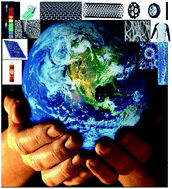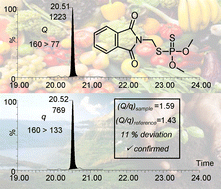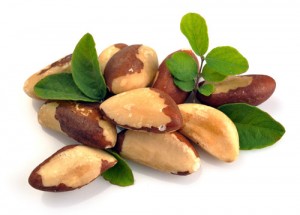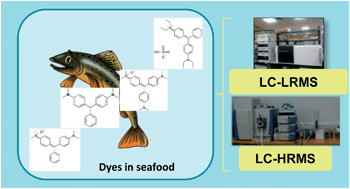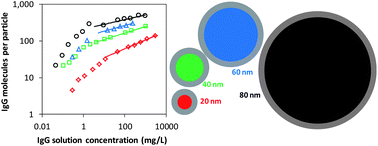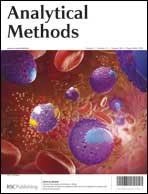Analytical Methods Poster Prize: ICAVS-7 Conference, Kobe, Japan
We are please to announce that the Analytical Methods Poster Prize from the recent ICAVS-7 Conference held in August 2013 in Kobe, Japan has been awarded to Satoko Tanimoto.
Satoko has just finished working at Imperial College London as the AHRC/ESPRC Science and Heritage programme post-doctoral fellow from October 2010. She previously completed a 3 year Andrew W. Mellon Fellowship at the Department of Conservation and Scientific Research, British Museum, where she worked on a number of projects, using a range of analytical techniques, including the technical study of a large set of Italian Renaissance drawings that were included in the exhibition, Fra Angelico to Leonardo: Italian Renaissance Drawings, which took place from April to July 2010. This was a collaborative project with the Gabinetto Disegno e Stampe degli Uffizi.
Satoko has a first degree from the Kobe Pharmaceutical University (Chemistry and Pharmacy/Pharmacology) in Japan and a MSc in Environmental Sciences and Management from the University of San Francisco. She also spent a year as an intern at the Getty Conservation Institute, before completing her PhD research at the Institute of Archaeology, University College London. During her PhD, Satoko also spent several extended periods working in the Science Section at the Victoria and Albert Museum, as a tutor in the Conservation Department at the City and Guilds Art School and with the Courtauld Institute of Art on wall paintings in Ahhichatragarh Fort/Nagaur Fort, India.

Satoko is looking forward to pass on her experience and knowledge to MA students at the Conservation of Wall Paintings Department, the Courtauld Institute of Art in her next post.
Satoko’s recent AHRC/EPSRC Science and Heritage project at the Imperial College was to explore the application of micro ATR-FTIR spectroscopic imaging to cultural heritage samples from the collaborative partners, The National Gallery London and the British Museum, and to develop aspects of the methodology.
Characterisation of the materials of cultural heritage collections is vital in understanding how they were made and used, their conservation history, origin and mechanisms of material decay, and how deterioration has affected appearance. Conventional FTIR microscopy is of proven value in this field, but as samples typically need to be in the form of tiny powdered scrapings, precise information about location of materials within the microstructure of an object is lost. Analysis of samples prepared as cross-sections is useful since the distribution of materials within the layer structure reflects the working practices of the artist/maker and helps to differentiate between original and later materials, as well as deterioration products. Reflectance FTIR imaging has been used for this purpose but the spatial resolution is generally not sufficient. The higher spatial resolution achieved with ATR-FTIR imaging has transformed the appeal of FTIR techniques for this type of sample, and has the potential to become routine for the simultaneous characterization of organic and inorganic materials directly on cross-sections.
Congratulations to Sakoto for her winning poster!
Comments Off on Analytical Methods Poster Prize: ICAVS-7 Conference, Kobe, Japan












